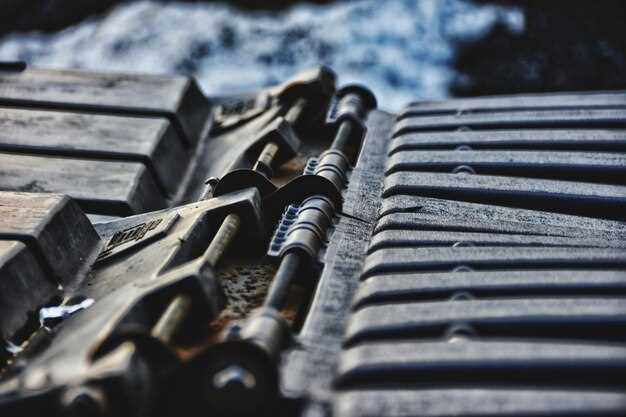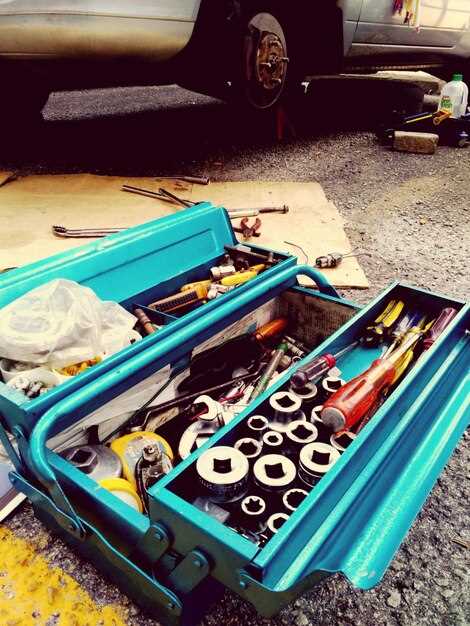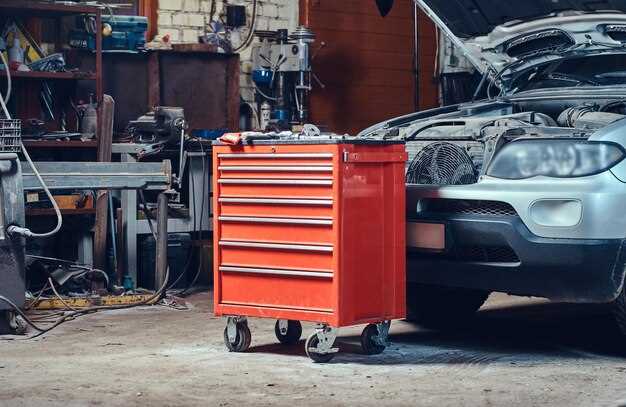
Restoring a salvage car is not just a project; it’s a journey into the realms of creativity and mechanical skill. For enthusiasts eager to breathe new life into a forgotten vehicle, having the right tools is essential. Whether you’re a seasoned restorer or a novice, understanding which tools can make your work easier and more effective will set the foundation for a successful project.
In the world of car restoration, essentials can range from basic hand tools to sophisticated equipment. Before diving into your restoration project, it’s crucial to assemble a toolkit that meets your specific needs. The right tools enable efficient workflows, precise finishings, and ultimately, a restored vehicle that mirrors your vision.
This article will explore the key tools that are indispensable for salvage car restoration projects. We will discuss their functionalities, advantages, and how they contribute to achieving a stunning result. By the end, you will be better equipped to tackle your restoration endeavors with confidence and proficiency.
Critical Hand Tools Every Restorer Should Have
Restoring a salvage car requires a precise set of hand tools that can make the process efficient and successful. Here are the essentials every restorer should consider for their toolkit:
1. Wrenches: A complete set of wrenches, including both metric and standard sizes, is crucial for loosening and tightening bolts. Combination wrenches and ratcheting wrenches offer versatility and ease of use.
2. Screwdrivers: Various types and sizes of screwdrivers are necessary for dealing with different screw types. Both flathead and Phillips head screwdrivers should be included, as well as precision screwdrivers for small components.
3. Pliers: A range of pliers, including needle-nose, slip-joint, and locking pliers, are important for gripping, twisting, and cutting tasks. They provide additional leverage and control when working with stubborn parts.
4. Hammers: A dependable hammer, along with a rubber mallet, is essential for both driving nails and gently persuading body panels back into shape. The right hammer can prevent damage to delicate surfaces.
5. Cutting Tools: A quality set of cutting tools, including a hacksaw and tin snips, is vital for removing damaged sections and shaping metal. These tools allow for precise cuts that facilitate easier welding and fitting.
6. Measuring Tools: Accurate measurements are key in restoration. A tape measure, caliper, and square help ensure every component fits correctly and maintains the car’s integrity during the process.
7. Tire Tools: A tire iron and a jack are essential for removing and inspecting tires. These tools also aid in performing brake and suspension work safely.
8. Fastener Assortments: Having an assortment of nuts, bolts, and washers is crucial for securing parts during the restoration process. Ensure these are sorted and organized to save time when making repairs.
These essentials form the backbone of any restoration project, enabling restorers to tackle various tasks with confidence and precision. Investing in high-quality tools will lead to better outcomes and more enjoyable restoration experiences.
Must-Have Power Tools for Efficient Restoration

Restoring salvage cars requires a blend of skill, patience, and the right tools. Among the most important essentials for any restoration project are power tools that streamline the work process and enhance efficiency. Here are the must-have power tools every restorer should consider.
1. Angle Grinder: An angle grinder is essential for cutting, grinding, and polishing metal. This versatile tool allows restorers to remove rust, cut through stubborn bolts, and prepare surfaces for welding. Opt for one with adjustable speed settings to tackle various materials effectively.
2. Drill/Driver: A high-quality electric drill or impact driver is crucial for drilling holes and fastening components together. A model with variable speed and torque settings can accommodate a wide range of tasks, from assembling parts to installing new hardware.
3. Orbital Sander: Smooth finishes are vital in restoration. An orbital sander helps achieve uniformity on surfaces before painting or applying primer. Look for models with variable speed settings to manage different materials and finishes.
4. Welding Machine: For significant repairs, a reliable welding machine is indispensable. MIG welders are particularly popular among car restorers for their ease of use and versatility. They ensure strong, durable joints that restore structural integrity to the vehicle.
5. Air Compressor: An air compressor is a foundational tool that powers pneumatic tools and equipment. This device is crucial for tasks such as painting, using air ratchets, and inflating tires. Choose one with adequate horsepower and tank capacity to meet your project needs.
6. Reciprocating Saw: A reciprocating saw is perfect for cutting through metal and other materials quickly. This tool is particularly useful when needing to remove damaged sections of the car’s body or when working in tight spaces where traditional saws can’t reach.
7. Buffer Polisher: Achieving a showroom finish on a restored vehicle requires a buffer polisher. This tool helps in polishing and detailing the car’s exterior, removing surface imperfections and bringing out the paint’s shine. Choose one with variable speed for optimal control.
Incorporating these power tools into your restoration project will significantly enhance your efficiency and effectiveness. Each tool serves a specific purpose and together, they form an essential toolkit that paves the way for successful salvage car restorations.
Specialized Equipment for Advanced Salvage Projects

When undertaking advanced salvage car restoration projects, having the right specialized equipment is crucial. These tools not only enhance efficiency but also ensure precision during the restoration process. One of the most essential tools is a hydraulic lift, which allows for easier access to the vehicle’s undercarriage and facilitates comprehensive inspections and repairs.
Another valuable piece of equipment is a plasma cutter. This tool enables restorers to cut through metal with high accuracy, making it ideal for removing rusted sections or fabricating new components. A full suite of welding equipment, including MIG and TIG welders, is also necessary to join metal parts securely. These welders provide strong, durable results that are vital for the structural integrity of the restored vehicle.
In addition to cutting and welding tools, advanced salvage projects often require specialized measuring tools such as laser alignment systems. These tools help ensure that body panels and suspension components are perfectly aligned, crucial for both aesthetics and performance. Additionally, a high-quality air conditioning recovery machine can be a game changer for restoring older vehicles with climate control systems, allowing for efficient recovery and recharging of refrigerants.
Computer diagnostic tools have become increasingly important in modern restorations. These devices allow restorers to troubleshoot electrical issues and engine performance problems effectively. Having a laptop or tablet loaded with manufacturer-specific software can drastically reduce diagnostic time and improve restoration quality.
Dust extraction systems and personal protective equipment (PPE), such as respirators and goggles, are critical for maintaining a safe working environment. Salvage projects often produce hazardous dust and fumes, and protecting oneself with specialized gear is essential for long-term safety. Lastly, a comprehensive set of hand tools, including automotive-specific sockets, ratchets, and screwdrivers, is vital for performing various tasks throughout the restoration process.
Combining these specialized tools equips restorers with the means to undertake complex salvage projects with confidence, ensuring both efficiency and quality in the final results.
